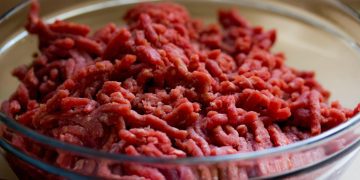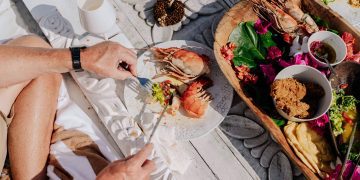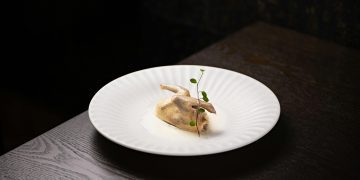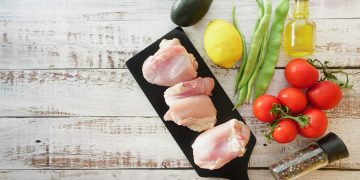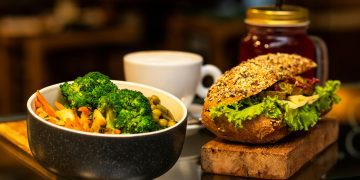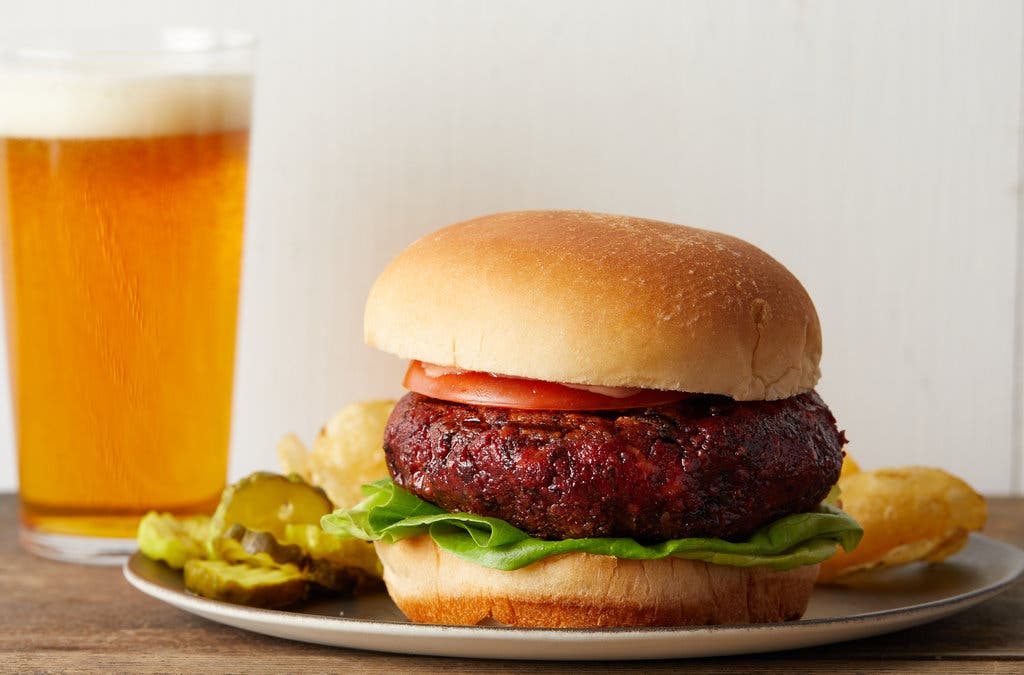New research suggests that 5th through 11th-century kings and queens mostly ate meat during special occasions and had a mostly vegetable-based diet. An analysis of over 2,000 skeletons buried in England between the 5th and 11th centuries revealed that, contrary to popular belief, they did not eat as much meat as we often assume.
Two papers published in the journal Anglo-Saxon England argue that the British lords mainly ate cereal and a vegetable-based diet, while the meat was reserved for special occasions. The study found that very few people in England ate large amounts of meat before the Vikings settled. They also found no evidence that elites ate more meat than other people. The sister study suggests that peasants were the ones that hosted lavish meat feasts for their rulers.
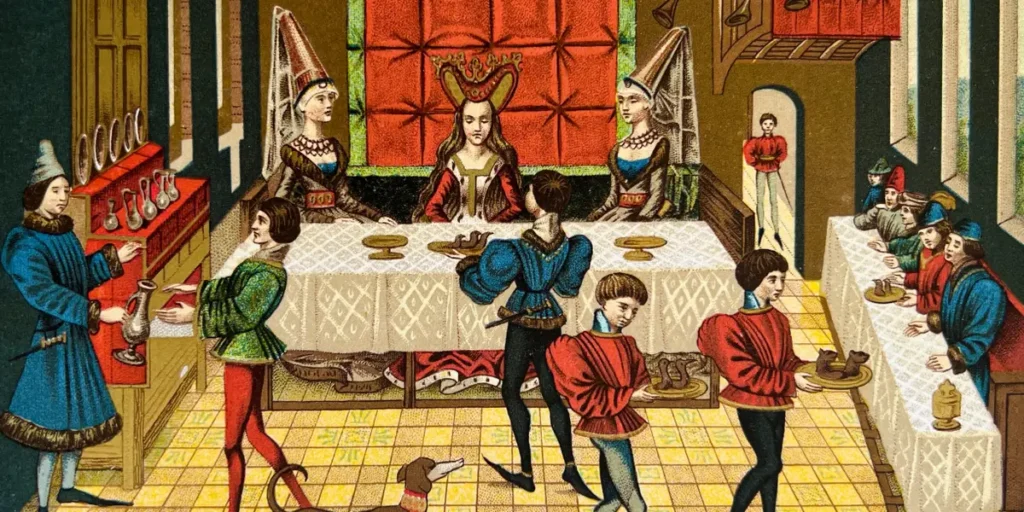
11 surviving food lists from the era describe what a large feast usually consisted of, reported Anglo-Saxon England. The list included 300 bread rolls, so researchers calculated overall portions assuming that there was one bread roll per guest. After calculating, they found that each guest would have received 4,140 kcal during the feast, including 712g of meat (beef, mutton, and poultry), another 300g of fish (salmon and eel), plus cheese, honey, and ale. However, feasts like this were the exception, not the norm.
Co-author of the study, Sam Leggett, said, “I’ve found no evidence of people eating anything like this much animal protein on a regular basis. If they were, we would find isotopic evidence of excess protein and signs of diseases like gout from the bones. But we’re just not finding that.”
According to the findings, researchers believe that even royals would have eaten a mostly cereal and vegetable-based diet, and these occasional feasts were a treat for them as well.
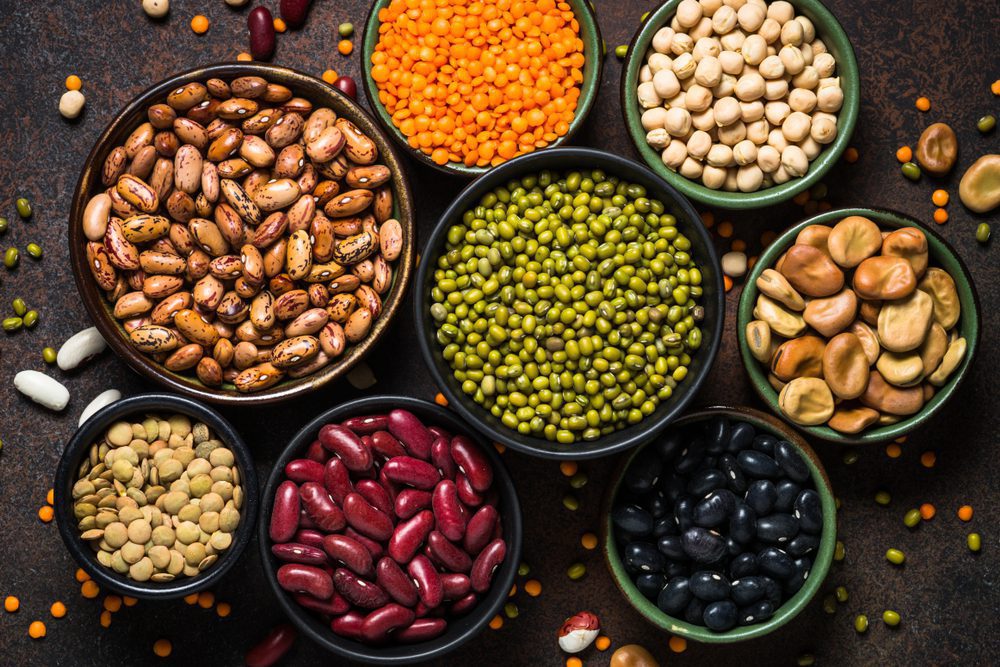
Co-author Tom Lambert said, “Historians generally assume that medieval feasts were exclusively for elites. But these food lists show that even if you allow for huge appetites, 300 or more people must have attended. That means that a lot of ordinary farmers must have been there, and this has big political implications.”
If medieval rules did indeed consume large amounts of meat like this regularly, we would see evidence of that in their remains. However, the analysis of over 2,000 skeletal remains found no evidence of people eating large amounts of animal protein like that.
